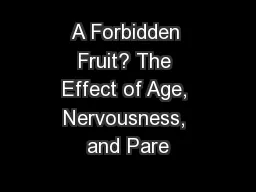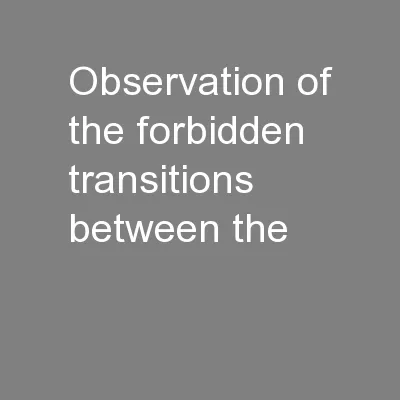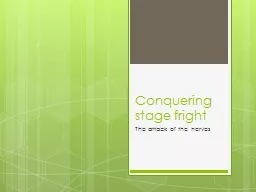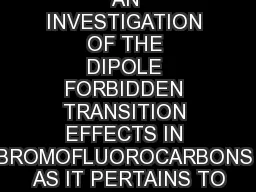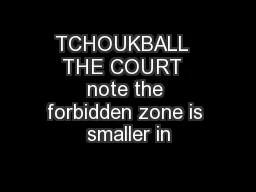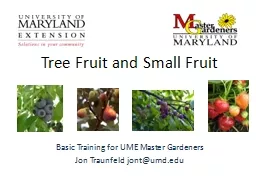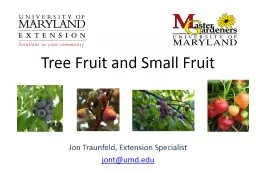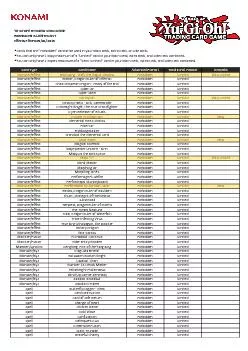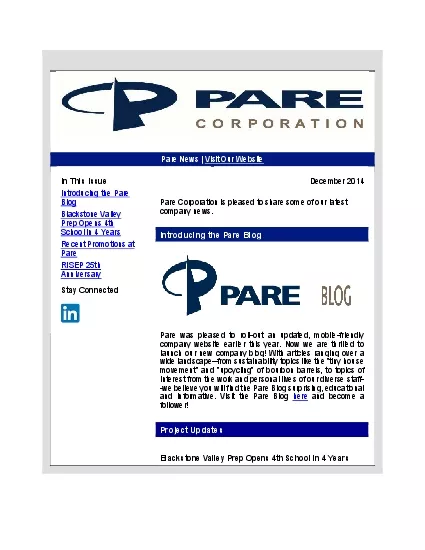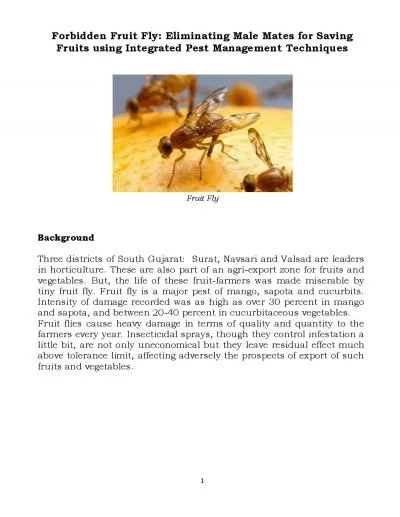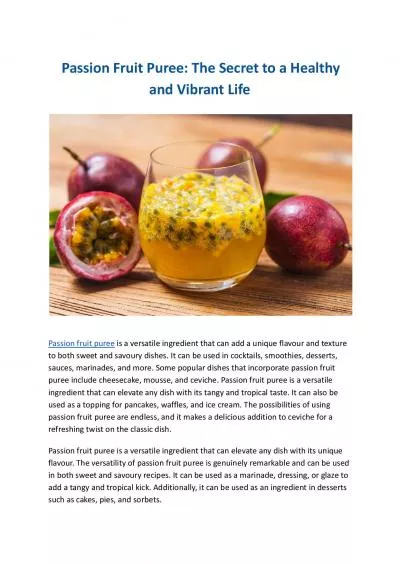PPT-A Forbidden Fruit? The Effect of Age, Nervousness, and Pare
Author : stefany-barnette | Published Date : 2016-05-23
By Karen Sabbah SOC 680 Fall 2012 1 Introduction Purpose To explore how an adolescents age how often they felt nervous and the amount of parent supervision effects
Presentation Embed Code
Download Presentation
Download Presentation The PPT/PDF document "A Forbidden Fruit? The Effect of Age, Ne..." is the property of its rightful owner. Permission is granted to download and print the materials on this website for personal, non-commercial use only, and to display it on your personal computer provided you do not modify the materials and that you retain all copyright notices contained in the materials. By downloading content from our website, you accept the terms of this agreement.
A Forbidden Fruit? The Effect of Age, Nervousness, and Pare: Transcript
Download Rules Of Document
"A Forbidden Fruit? The Effect of Age, Nervousness, and Pare"The content belongs to its owner. You may download and print it for personal use, without modification, and keep all copyright notices. By downloading, you agree to these terms.
Related Documents

